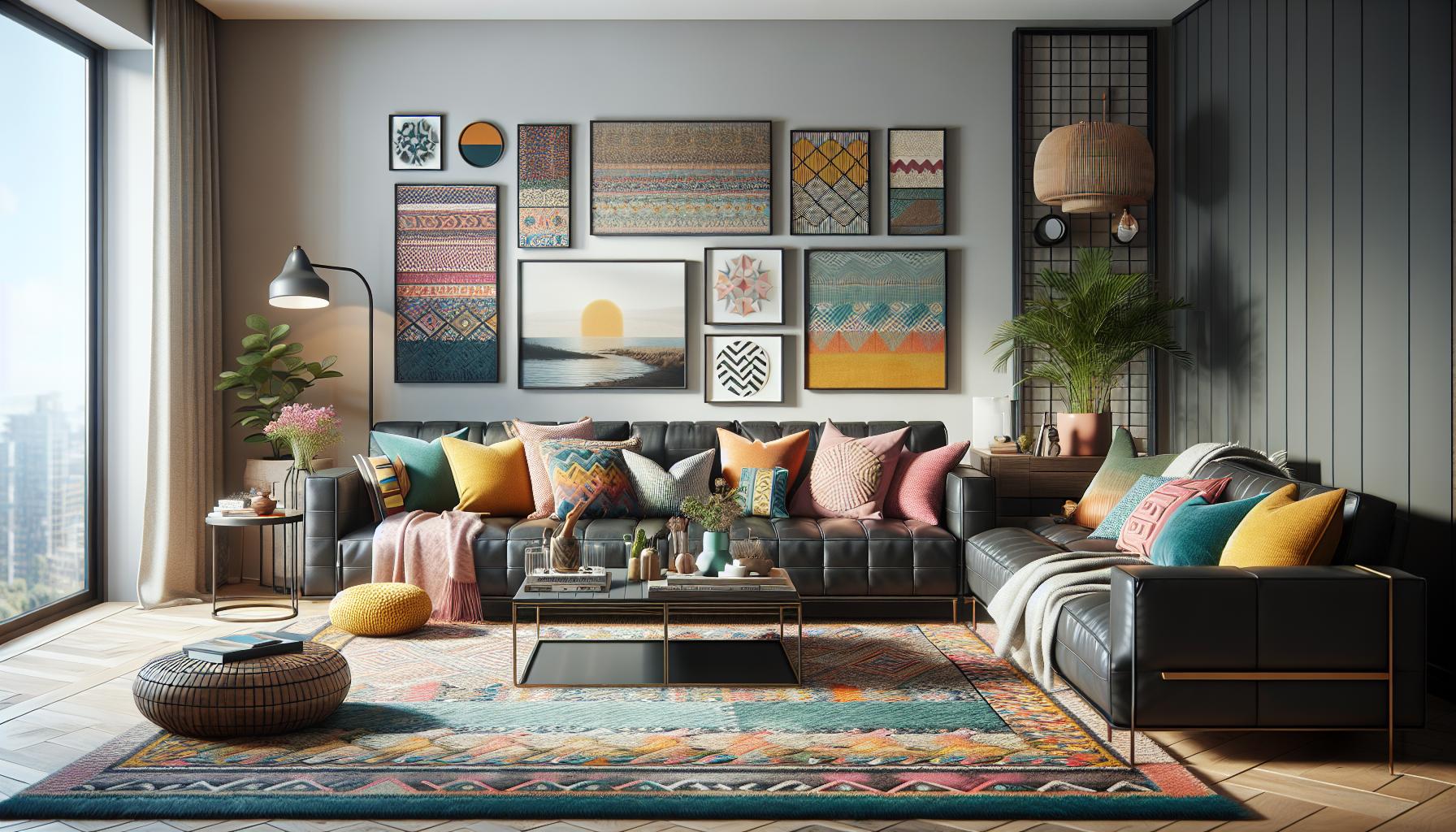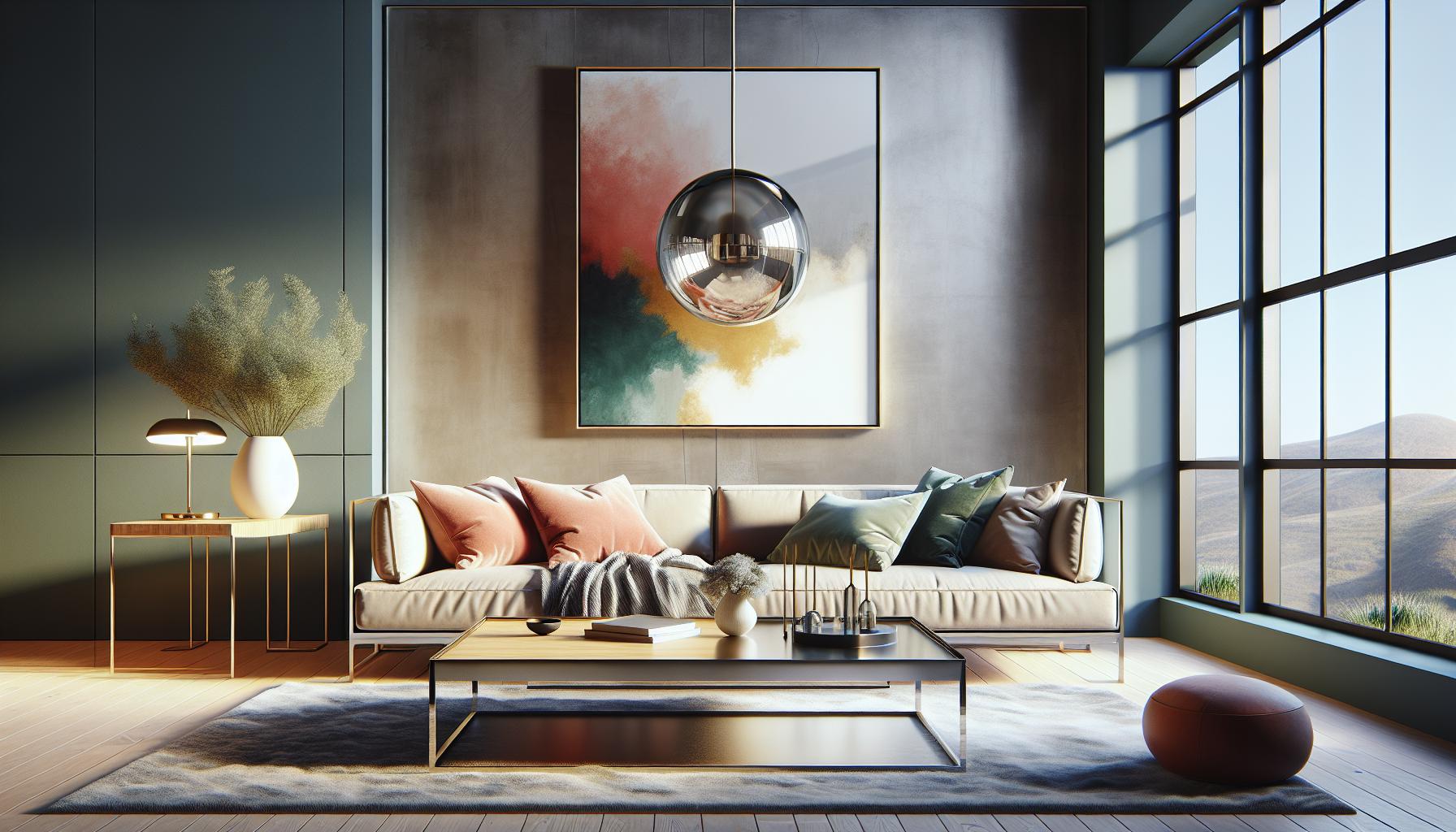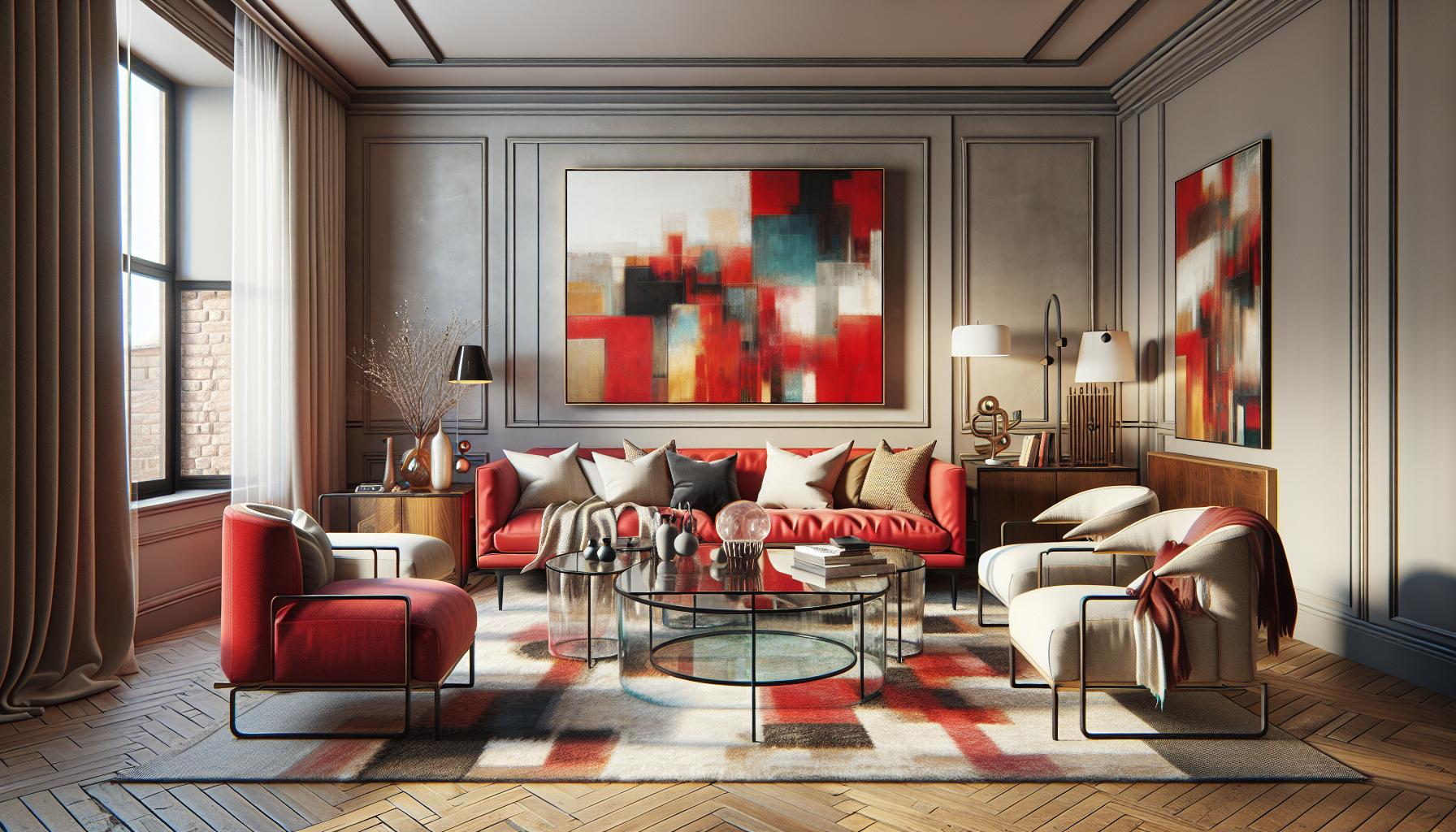When I first discovered the concept of opposition rhythm in interior design, it felt like unlocking a secret code that transforms any space into a harmonious masterpiece. This intriguing design principle plays with contrasts, creating a dynamic balance that captivates the eye and stimulates the senses. By skillfully juxtaposing elements like color, texture, and form, opposition rhythm breathes life into interiors, making them feel both cohesive and exciting.
Imagine walking into a room where sleek, modern furniture meets rustic, weathered wood, or where bold, vibrant colors dance alongside soft, neutral tones. This is the magic of opposition rhythm—it’s about finding that perfect balance between contrasting elements to create a visually appealing and engaging space. As I delve deeper into this fascinating topic, I’ll explore how you can harness the power of opposition rhythm to elevate your interior design game and craft spaces that truly stand out.
Key Takeaways
- Opposition Rhythm Concept: Opposition rhythm in interior design plays with contrasting elements like color, texture, and form to create dynamic visual harmony and captivate the senses.
- Contrast and Balance: Successfully integrating opposition rhythm requires balancing contrasting elements—such as sleek metal with soft fabrics—to build visual interest and cohesion.
- Repetition and Variation: Enhancing opposition rhythm through repetition and variation can establish continuity and engage viewers without overwhelming the design.
- Importance in Design: This design principle enhances visual interest and creates focal points, making a space feel balanced, dynamic, and engaging.
- Implementation Techniques: Strategic use of color and texture contrasts, along with thoughtful furniture arrangement, can effectively implement opposition rhythm in any space.
- Challenges to Consider: Maintaining cohesion while avoiding sensory overload is crucial. Careful planning ensures that contrast enhances rather than disrupts the overall aesthetic.
Opposition Rhythm in Interior Design
Opposition rhythm in interior design involves arranging contrasting elements to establish visual interest. This rhythm’s essence lies in utilizing contrasts in a harmonious manner. For instance, placing sleek metal fixtures alongside soft, fabric textures creates a dynamic interplay. Lighting also serves as an example where cool white lights contrast with warmer ambient lighting. Color can be used effectively by pairing dark, moody tones with vibrant, bright hues to enrich the aesthetic. These combinations engage the viewer’s eye and cultivate a balanced environment, making each element stand out distinctively.
Principles of Opposition Rhythm

Opposition rhythm in interior design thrives on strategic contrasts and careful balance. It transforms spaces by artfully integrating diverse elements.
Contrast and Balance
Integrating contrast and balance, I find different elements complement each other and create visual harmony. Using contrasting elements, such as combining rough and smooth textures or pairing bold hues with softer tones, captures the eye and provides dynamic interest. These contrasts form a cohesive design when balanced, allowing every component to contribute to an overall harmonious atmosphere.
Repetition and Variation
Repetition and variation enhance the impact of opposition rhythm. Incorporating recurring elements like patterns or shapes establishes continuity, while variations in color, size, and placement introduce intrigue. By alternating similar yet distinct elements, I ensure the space remains engaging without overwhelming the senses, crafting an environment where rhythm and visual diversity coexist beautifully.
Importance in Interior Design

Opposition rhythm plays a crucial role in transforming spaces by balancing contrasts harmoniously.
Enhancing Visual Interest
Contrasting elements enhance visual interest in a room. I use opposition rhythm to combine different styles, textures, and colors, like pairing sleek metal with natural wood for a strong visual impact. These combinations draw attention and prevent monotony by incorporating diverse components, enriching the design. The strategic variety in design engages observers and sustains intrigue, prompting viewers to explore and appreciate each distinct piece.
Creating Focal Points
Incorporating opposition rhythm creates focal points that anchor the design. I position elements with pronounced contrasts, such as vibrant artwork against a muted wall, to lead the eye naturally. These focal points provide balance, ensuring the space feels composed and intentional. By highlighting specific areas, I can emphasize significant features, like a statement chandelier, creating a centerpiece that defines the room’s character. This method establishes a visually cohesive yet stimulating environment.
Techniques for Implementing Opposition Rhythm

Opposition rhythm enhances interior design through strategic contrasts, creating dynamic and engaging spaces. I explore methods to incorporate these elements seamlessly.
Color and Texture Contrast
Color and texture define opposition rhythm, establishing a sensory experience. I juxtapose bold colors with neutral tones, like pairing vibrant red with soft beige, to create a striking visual impact. For texture, I contrast smooth materials with rough surfaces. For instance, sleek glass tables sit atop rough woven rugs, balancing elegance with rustic charm. This interplay of colors and textures not only adds depth but also ensures each contrasting element stands out.
Furniture and Decor Arrangement
Furniture and decor arrangement influences the rhythm of a room through contrast. I position modern and traditional pieces to highlight differences and foster cohesion. For example, I pair a contemporary sofa with vintage side tables, creating an eclectic yet balanced aesthetic. By alternating scale, such as placing oversized artwork above minimalist furniture, an engaging hierarchy emerges. This strategic arrangement invites observers to explore the space, offering visual intrigue through oppositional elements.
Challenges and Considerations
Efficiently integrating opposition rhythm in interior design involves several challenges. Understanding and addressing these can enhance the overall aesthetic and functionality of a space.
Maintaining Cohesion
Maintaining a cohesive design while incorporating contrasting elements demands careful planning. I ensure each contrast serves a purpose, keeping the space’s overall theme in mind. For instance, when pairing bold colors with neutral tones, I choose shades that complement each other rather than clash. Balancing different textures requires a similar approach; I align smooth and rough surfaces by considering their context, enhancing rather than overpowering the design. By strategically placing oppositional elements, the room feels unified, not disjointed.
Avoiding Overload
While opposition rhythm adds intrigue, overuse can lead to sensory overload. I prioritize elements that create impact without overwhelming the viewer. If introducing too many contrasting styles and textures, the design loses cohesiveness and becomes chaotic. To remedy this, I focus on a few key oppositions, using them to guide the viewer’s eye through the space. By adding one or two strong focal points, like a piece of vibrant artwork or a luxurious textile, the room maintains visual interest without becoming cluttered.
Understanding Opposition Rhythm
Opposition rhythm in interior design offers a powerful way to transform spaces through the artful use of contrasts. By carefully balancing elements like color, texture, and form, we can create environments that are both visually stimulating and harmoniously balanced. This approach not only enhances the aesthetic appeal but also invites viewers to engage with each unique element. By thoughtfully integrating opposition rhythm, we can craft spaces that are dynamic and cohesive, showcasing the beauty of contrasts in a way that captivates and inspires.